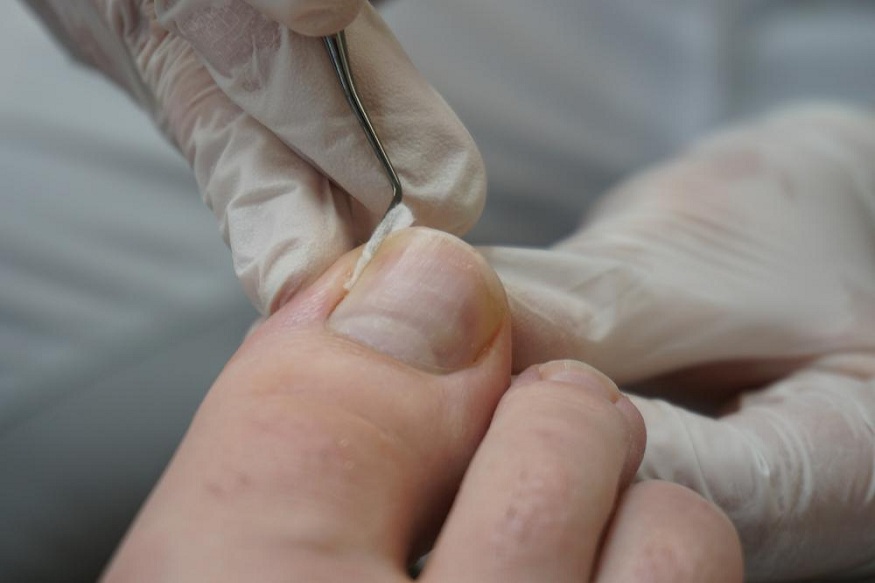Have you been having foot pain because your big toe hurts? An ingrown toenail could be the source of the problem. Every year, about 5% of Americans suffer from an ingrown toenail.
What symptoms indicate an ingrown toenail? Ingrown nails occur when the corner or side of the nail is deeply entrenched into the skin adjacent to it. Typically, the problem affects your big toe. You may suffer discomfort, swelling, or redness on and around the toe. When you see any of these symptoms, it’s time to act.
While an ingrown toenail may appear to be a minor issue at first, if not treated appropriately, it can lead to surgery in which part or all of the toenail is removed. Surgery necessitates limiting your activities for at least two weeks, if not longer.
For a few days, try home therapy.
Try treating it at home to avoid complications from an ingrown toenail. First, soak your foot in warm seawater for about 20 minutes twice daily. After completely drying, apply an antibiotic lotion to the afflicted region. Wear clean socks and shoes and keep your feet clean. If necessary, take an over-the-counter pain reliever.
When should you see a podiatrist for an ingrown toenail?
If the symptoms do not improve quickly, you should immediately consult a podiatrist. Symptoms may progress to any of the following:
Even without applying pressure to the foot, there is pain.
Just touching the toe causes pain.
pronounced swelling
Drainage, which indicates infection
Skin that is warm to the touch on and around the toe
Why do ingrown toenails occur, and how may they be avoided?
Personal behaviours can sometimes cause an ingrown toenail. However, changing a bad habit affecting your health is never too late.
Incorrect trimming
You may be tempted to make a u-shaped curve when trimming your toes. To avoid an ingrown nail, however, cut the nail straight across. If you absolutely must have a curve, use a toenail clipper and a nail file to create a very little curve at the top of the nail.
Inappropriate footwear
Many stylish women’s shoes, as well as certain men’s shoes, have pointed toes. These shoes may pull your toes into an unnaturally constricted posture, and the strain and friction may result in an ingrown toenail.
Women’s high heels can also cause ingrown toenails. A 2.5-inch heel increases the pressure on the ball of your foot, including your toes, by 75%. Extreme pressure might cause the nail to sink into the flesh next to it.
Change your footwear if you notice an ingrown toenail that isn’t caused by poor toe trimming. Your foot is signalling you to reduce the pressure on it. Wearing shoes with a broad enough bed and low heels can be the difference between reoccurring ingrown toenail problems — not to mention other foot problems — and healthy feet.
Call Dr Foot Podiatiry or book an appointment online for expert care that keeps you on your feet.

